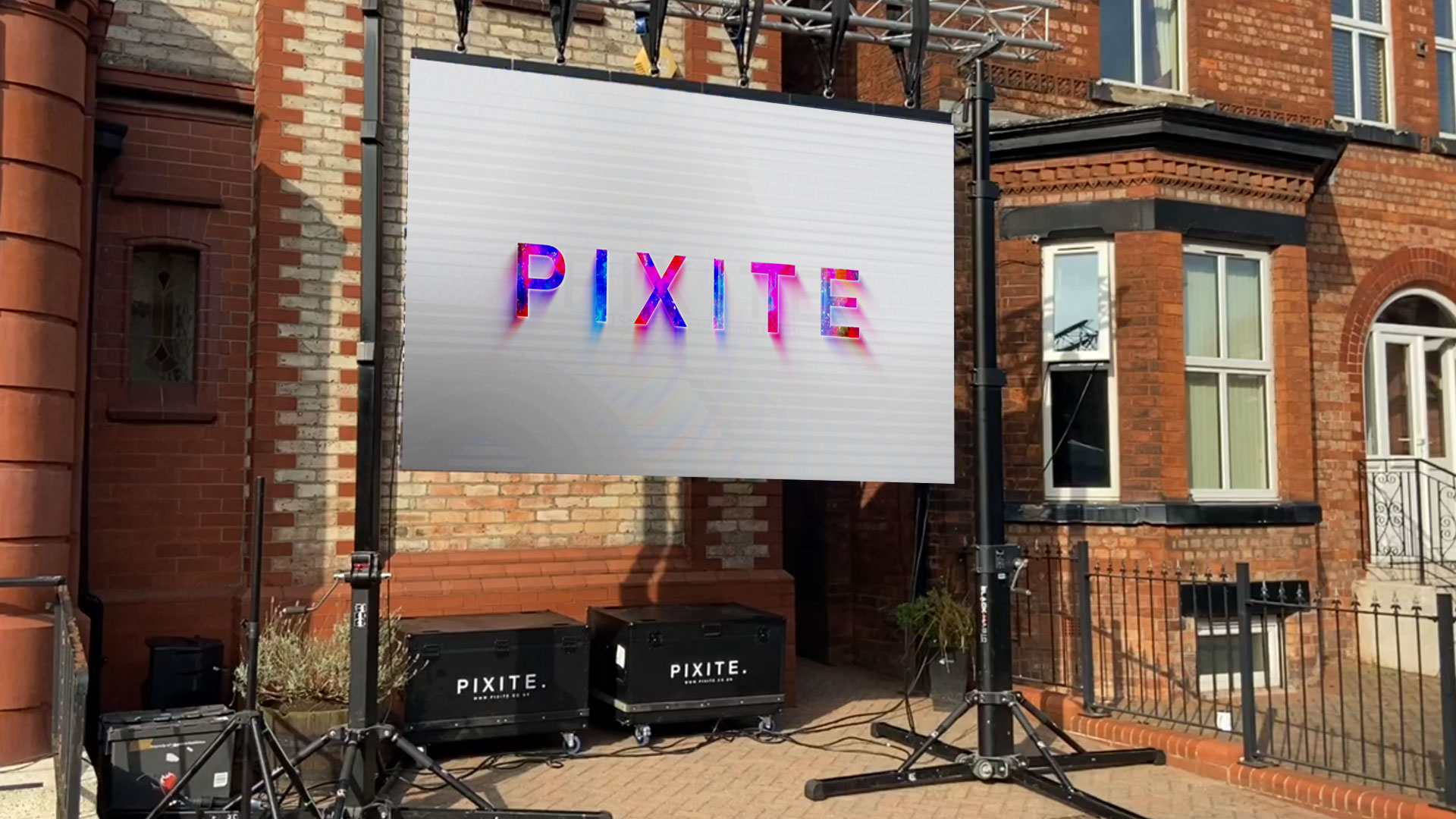When it comes to siting LED screens for out-of-home advertising (OOH), it is important to select a position which is well placed to reach the target audience. In a crowded market, it is increasingly difficult to command the attention of potential customers, but well-placed digital media facades are very effective. Here are some of the main points to bear in mind.
Know who you are trying to reach
If you are placing promotional content, it is important to make sure that the local population demographics align with the target audience of the advertising campaign.
Analyse the data available on median age, income, socio-economic classifications, average number of children per household, and so on, and make sure they are a good fit for the product or service advertised.
Research the footfall of the location
Other factors besides local population demographics will influence who sees the digital advertising display. For example, is it near a large college or university? This will be important if you are targeting Gen Z, aged between 10 to 25, but a poor location for boomers, aged between 58 and 67.
Some organisations carry out research specifically into the behaviour of different consumer bases, in order to assist with the effective placement of OOH. As well as demographics, they use precise data based on previous purchasing patterns.
It can be worth investing in an in-depth insight into shopping preferences and spending habits, to make sure your digital signage location is primed for maximum effectiveness.
Beat in mind local planning and advertising regulations
Of course, just because you have identified the perfect location, it doesn’t automatically mean that you can place your OOH sign there. It will need permission from the local planning office, if it is not currently used as an advertising space.
Finally, there are certain restrictions on the type of content that can be advertised, for example political content outside of election periods, or age-inappropriate content near schools.

